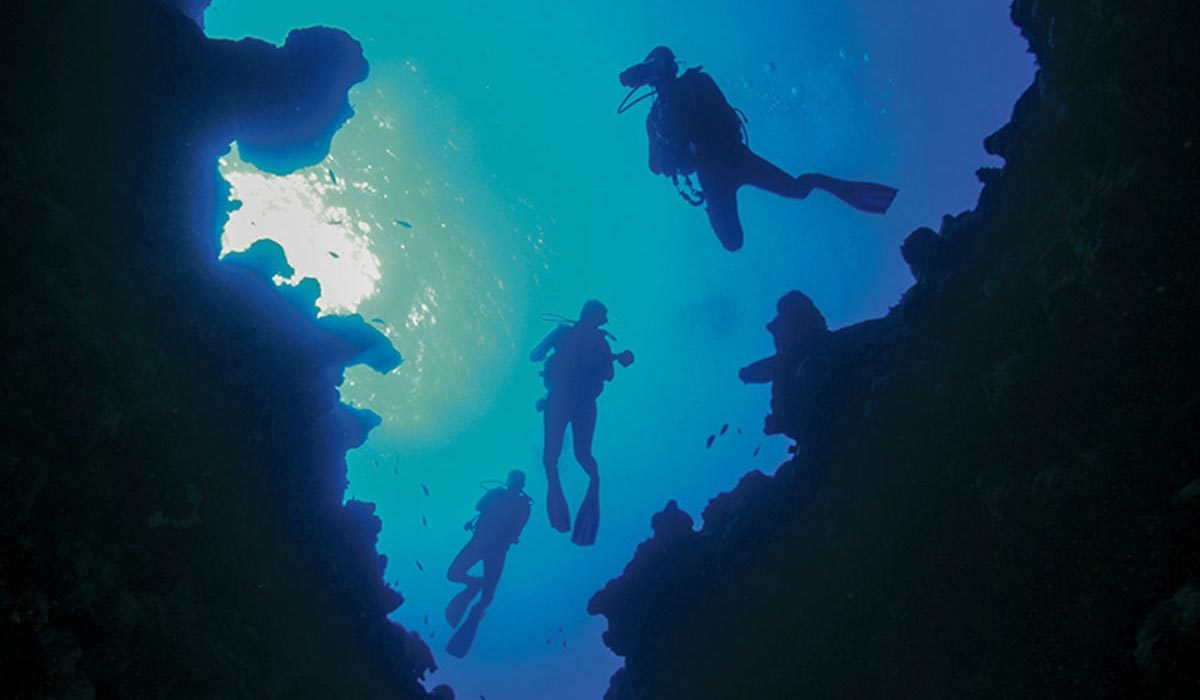The page says it weighs 12.75kg (29 pounds).Not saying it will ever be made, but they could use 21700 cells and get by with 72 of them, That is only 15 pounds of battery pack. It could be a diaphragm pump which makes considerably less heat than a piston design.
Of greater concern is "Air Supply Volume 56L/min" (2 cfm). Typical hookah systems provide 2-5x that volume. It would take very little exertion to overbreathe this at 12m.




